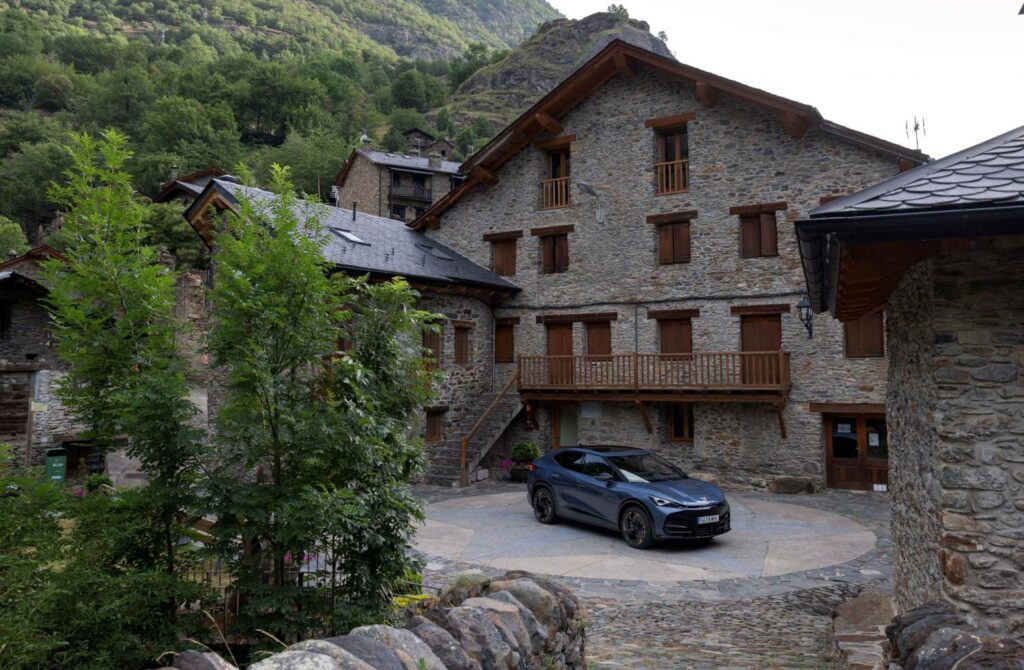Cupra took its first electric SUV Coupe to visit the village of Tavascan, located in the Pyrenees a few kilometers from France, to discover that they share much more than a name.
Proposed in two variants, with the more powerful version, the VZ, equipped with two motors for all-wheel drive, which allows for a combined power of 340 hp and 679 Nm of maximum torque, the Cupra Tavascan lives up to its namesake, which houses one of the most “unconventional” hydroelectric power plants in the territory.
Located 500 meters deep inside the mountains and with one of the most important waterfalls in Europe, the power plant completely changed life in the village. This goal is shared by Cupra, which intends to reinvent electrification with the Tavascan, and prove that electric cars can provide high sports performance.
In either variant, the Tavascan’s battery has a capacity of 77 kWh, allowing Cupra a maximum range of up to 550 km in the base version and up to 520 km in the VZ variant.
In addition, Cupra’s first electric SUV Coupe also features an all-wheel drive system that uses a permanent magnet synchronous motor with a maximum speed of over 13,000 rpm integrated above the rear axle, in front of the center of the wheels.

Just like the stone walls and wooden roofs of the village of Tavascan that blend with the surrounding natural environment. The design team at Cupra was inspired by nature and its purest state to create a cabin marked by the use of “raw materials, colors, textures, and graphic elements that give it sophistication in harmony with nature,” where the large exoskeleton located between the two front seats stands out, considered a ‘backbone,’ as this central piece supports the entire interior and connects the body of the center console with the dashboard.

Cupra has equipped the interior of the Tavascan with a set of sustainable materials, highlighting textiles with up to 90% recycled polyester, as well as microfiber with 50% recycling. Thus, in addition to its electric power, the use of parametric design also plays an important role in environmental protection. “In this way, we can create a lighter structure and highlight the pieces for what they are, without the need to conceal them; in this way, we reduce our carbon footprint,” emphasized Francesca Sangalli, Director of Colors and Materials, Concept and Strategy at Cupra.
It is already known that the Cupra Tavascan will hit the market in the spring of 2024, and production will start at the end of 2023.







